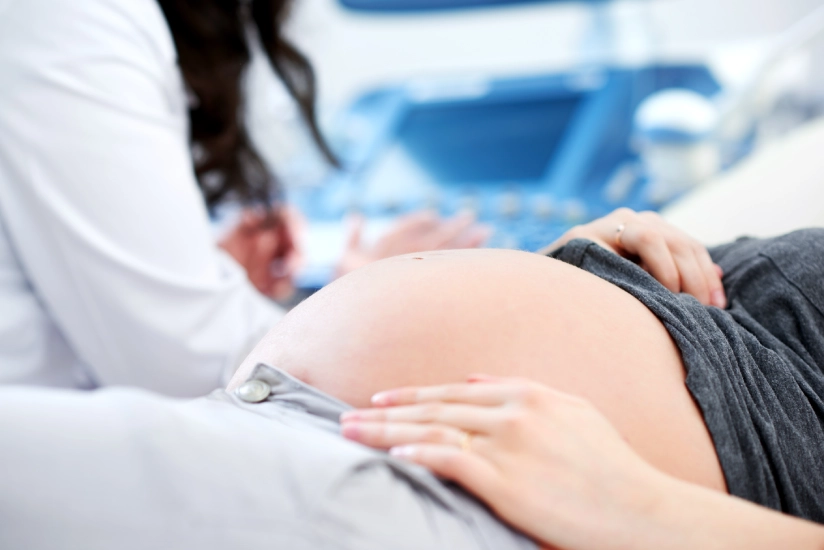



Baby delivers through the birth canal or vagina during natural child birth. When baby (and placenta) are delivered by making an incision on the abdomen, it is called as Caesarean section. In this, the doctor makes a cut on the abdomen and the uterus to deliver the baby. The cut on the uterus may be made on the upper part or the lower part. In almost all cases, the cut is made on the lower part of the uterus. This is called as lower segment caesarean section (LSCS)
In cases of pregnancy complications or previous C-sections, a C-section may be planned in advance, especially if a woman prefers not to attempt a vaginal delivery after cesarean (VBAC).

A Cesarean Delivery, commonly known as a C-section, is a surgical procedure performed when natural childbirth is not possible or safe for the health of the mother or the baby. It involves making incisions in the abdomen and uterus to safely deliver the baby.
A Cesarean Delivery, or C-section, may be necessary for various medical reasons either planned in advance or decided during labor due to emerging complications. Scheduled Cesarean deliveries are often recommended for situations like Cephalopelvic Disproportion (CPD), Previous C-sections, multiple pregnancies, placenta previa, transverse lie, and breech presentation are other conditions where a planned C-section might be necessary.
Unscheduled C-sections can occur if there are issues during labour, such as failure to progress, cord compression, prolapsed cord, abruptio placentae, or fetal distress. In these cases, a C-section may be the safest way to deliver the baby. a C-section may be the safest way to deliver the baby.
To prepare for a planned C-section, your doctor may recommend discussing any potential anesthesia-related risks with an anesthesiologist beforehand. Blood tests might also be ordered to check your blood type and hemoglobin levels, which are crucial in case a blood transfusion is needed during the procedure.
It's important to be mentally prepared for the possibility of a C-section, even if you're planning for a vaginal birth. Discuss your concerns and questions with your doctor ahead of time. In an emergency, there might not be enough time to go over all the details.
After a C-section, it's important to monitor your health closely. Contact your doctor immediately if you experience any of the following: Redness, swelling, or discharge from the incision site



When vaginal delivery is not possible or safe, a Caesarean section (C-section) is a surgical method used to deliver the baby. This procedure can be scheduled in advance or performed as an emergency measure if complications arise during pregnancy or labor.